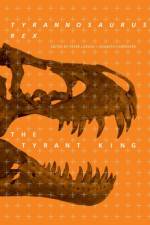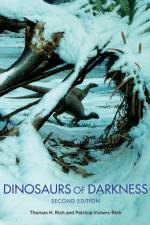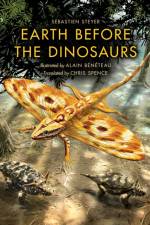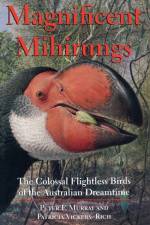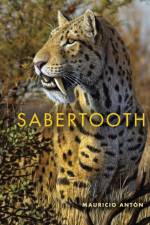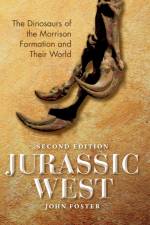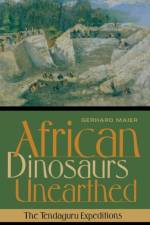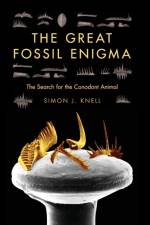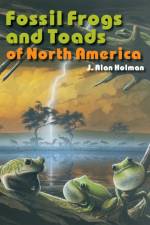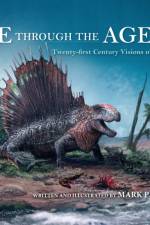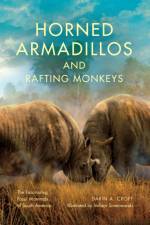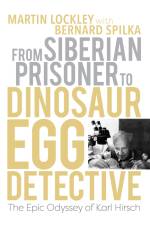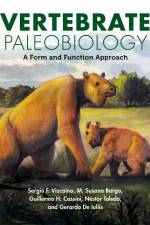av Darin A. Croft
669,-
A thrilling guide to the Cenozoic mammals of South America, featuring seventy-five life reconstructions of extinct species, plus photos of specimens and sites.South America is home to some of the most distinctive mammals on Earth-giant armadillos, tiny anteaters, the world's largest rodent, and its smallest deer. But the continent once supported a variety of other equally intriguing mammals that have no close living relatives: armored mammals with tail clubs, saber-toothed marsupials, and even a swimming sloth. We know of the existence of these peculiar species thanks to South America's rich fossil record, which provides many glimpses of prehistoric mammals and the ecosystems in which they lived.Organized as a "e;walk through time"e; and featuring species from fifteen important fossil sites, this book is the most extensive and richly illustrated volume devoted exclusively to the Cenozoic mammals of South America. The text is supported by seventy-five life reconstructions of extinct species in their native habitats, as well as photographs of fossil specimens and the sites highlighted in the book. An annotated bibliography is included for those interested in delving into the scientific literature."e;Well-written and easy for the nonspecialist to understand, this is also a most needed updating of this subject, much in the line of classic works such as Simpson's The Beginning of the Age of Mammals in South America and Patterson and Pascual's The Fossil Mammal Fauna of South America."e; -Richard Farina, coauthor Megafauna: Giant Beasts of Pleistocene South America"e;This handsome book, written by a leading expert in South American paleontology, is profusely illustrated with maps, time charts, color photographs of fossils, and exquisite life reconstructions. The book . . . will appeal to any individual, young and old alike, interested in the fossil record, as well as to students and scholars of paleontology who work in other parts of the globe."e; -Choice

